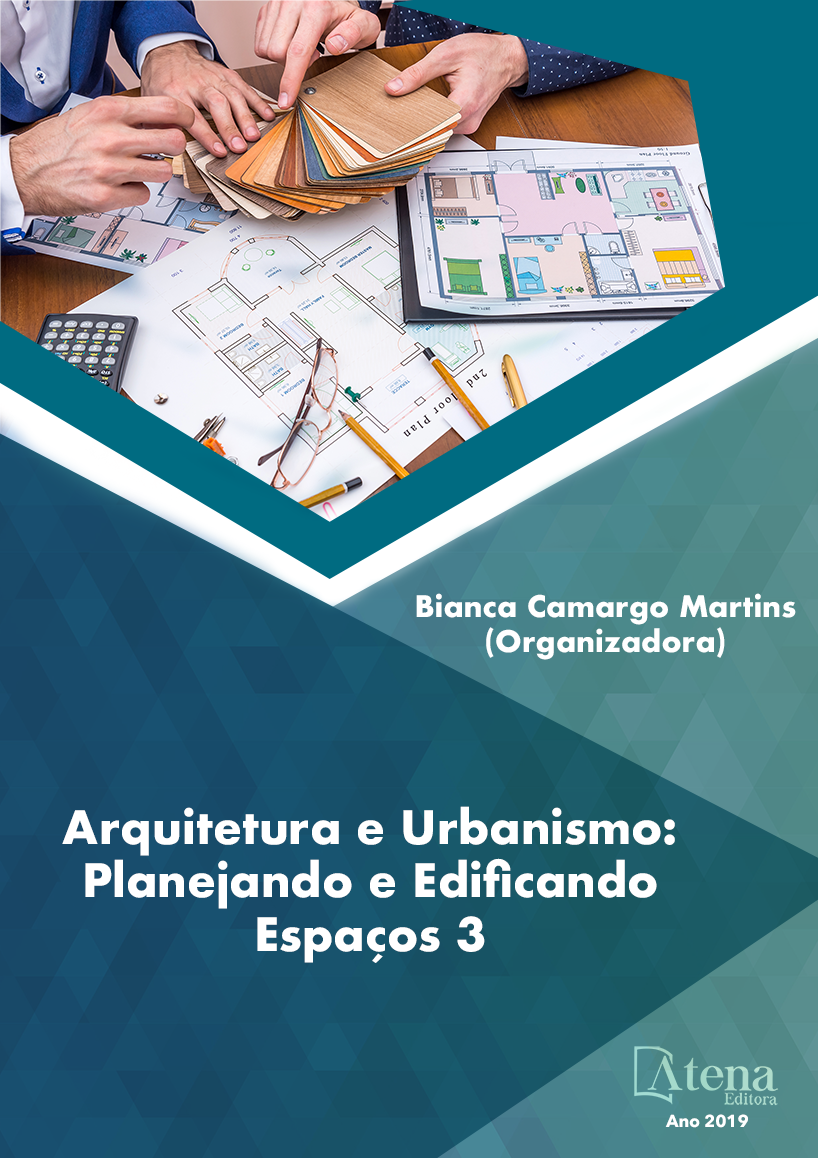
O RIO GRANDE DO SUL E AS FONTES SUSTENTÁVEIS: ANÁLISE DA MATRIZ ENERGÉTICA DO ESTADO
No Brasil, as hidrelétricas são a
principal fonte de energia elétrica, entretanto,
quando há problemas de falta de chuva, empregase as usinas térmicas para geração de energia,
que usam combustíveis fósseis provocando
danos ao meio ambiente e com maior custo
para os usuários. A diversificação da matriz
energética proporciona ganhos significativos
relacionados à conservação do meio ambiente,
com promoção do desenvolvimento social, pela
geração de empregos que esta proporciona. A
partir da REN 687 de 2012, quando a ANEEL
criou o Sistema de Compensação de Energia
Elétrica, no qual proporcionou ao consumidor
brasileiro poder gerar sua própria energia elétrica
a partir de fontes renováveis ou cogeração
qualificada, fornecendo o excedente para a
rede de distribuição de sua localidade, com
isso, houve uma maior participação de fontes
renováveis na matriz estadual. Assim, este
capítulo visa apresentar o cenário energético do
estado do Rio Grande do Sul e quais as fontes
renováveis mais empregadas, verificando o
quão sustentável é a matriz energética do
estado, através de uma pesquisa exploratória.
Os resultados demonstraram que metade da
capacidade de geração no Rio Grande do Sul é
de usina hidrelétrica, seguida das termelétricas
e energia eólica e apresentando, na cidade de
Santa Cruz do Sul, uma central geradora solar
fotovoltaica.
O RIO GRANDE DO SUL E AS FONTES SUSTENTÁVEIS: ANÁLISE DA MATRIZ ENERGÉTICA DO ESTADO
-
DOI: 10.22533/at.ed.46519191229
-
Palavras-chave: Matriz Energética, Fontes Renováveis, Políticas Públicas.
-
Keywords: Energy Matrix, Renewable Sources, Public Policy
-
Abstract:
In Brazil, hydroelectric dams are
the main source of electricity, however, when
there are problems of lack of rain, thermal
power plants are used, which use fossil fuels
causing damage to the environment and
highest cost to users. . The diversification of
the matrix energy provides significant gains
related to the conservation of the environment,
promoting social development through the
generation of jobs provides by that. After REN
687 of 2012, when ANEEL created the Electric
Energy Compensation System, which provided the Brazilian consumer with the power
to generate their own electricity from renewable sources or qualified cogeneration,
supplying the extra electricity to the distribution network, providing a greater share of
renewable sources in the state matrix. Thus, this chapter aims to present the energy
scenario of the state of Rio Grande do Sul and which renewable sources are most
used, verifying how sustainable the energy matrix of the state is through an exploratory
research. The results showed that half of the generation capacity in Rio Grande do Sul
is hydroelectric, followed by thermoelectric and wind power and presents, in the city of
Santa Cruz do Sul, a photovoltaic solar generating plant.
-
Número de páginas: 8
- Prof. Dr. Caryl Eduardo Jovanovich Lopes
- Clarissa de Oliveira Pereira
- Hugo Henzel Steinner
- Danielle de Souza Saad


